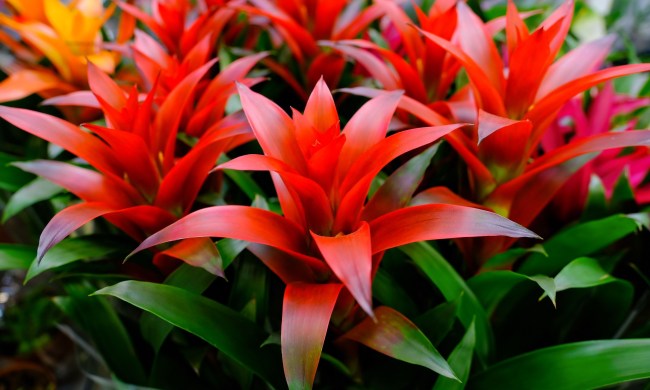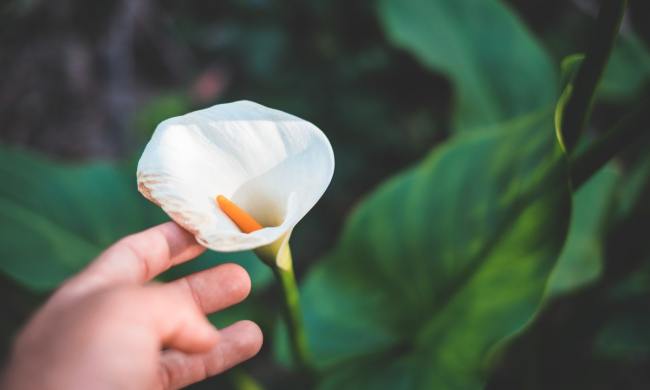If you’re a fan of succulents, you’ll love our plant of the week! Hoya kerrii, more commonly known as the heart succulent, is difficult to resist. These cute little succulents look right at home in a succulent garden or in a pot on their own. Want to add this succulent to your collection? Here’s what you need to know about this succulent's care.
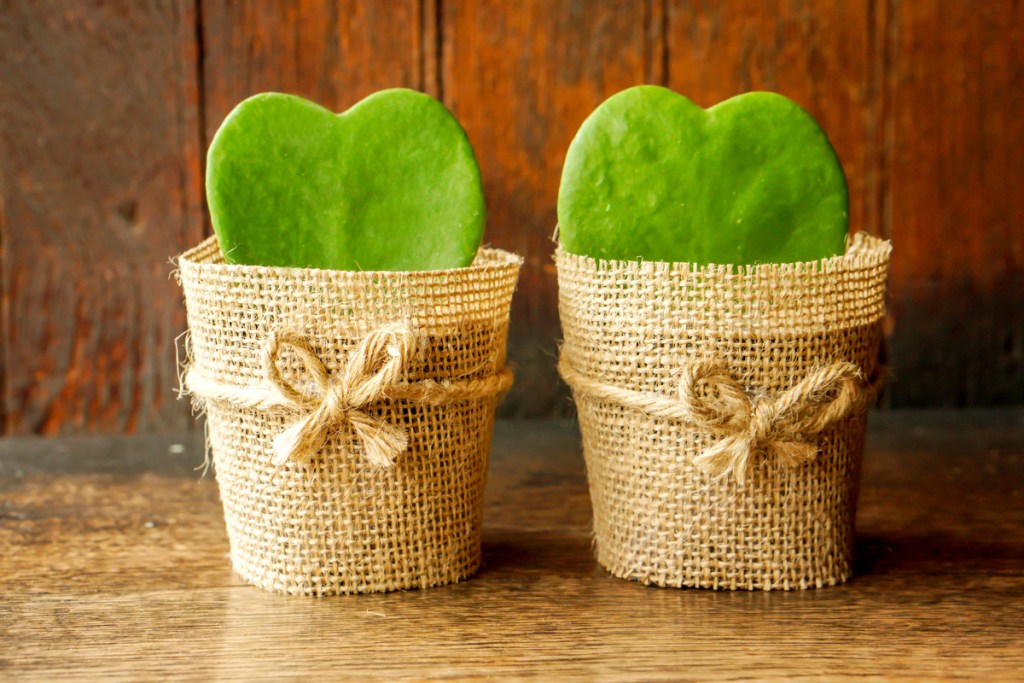
What is Hoya kerrii?
Hoya kerrii is a succulent native to Southeast Asia. Some of its common names are heart succulent, lucky heart, sweetheart plant, and Valentine’s hoya. As you may have gathered from these names, this interesting succulent has heart-shaped leaves. You’ll often see it sold as a single leaf in a small pot, which is how these plants are propagated.
Over the course of a few years, your single leaf may grow into a lovely vine! If you don’t want to wait that long, you can start with an established vine. You can find heart succulents in solid, spotted, and variegated varieties. Heart succulents can even bloom, although it takes them a long time to grow enough to produce their flowers.
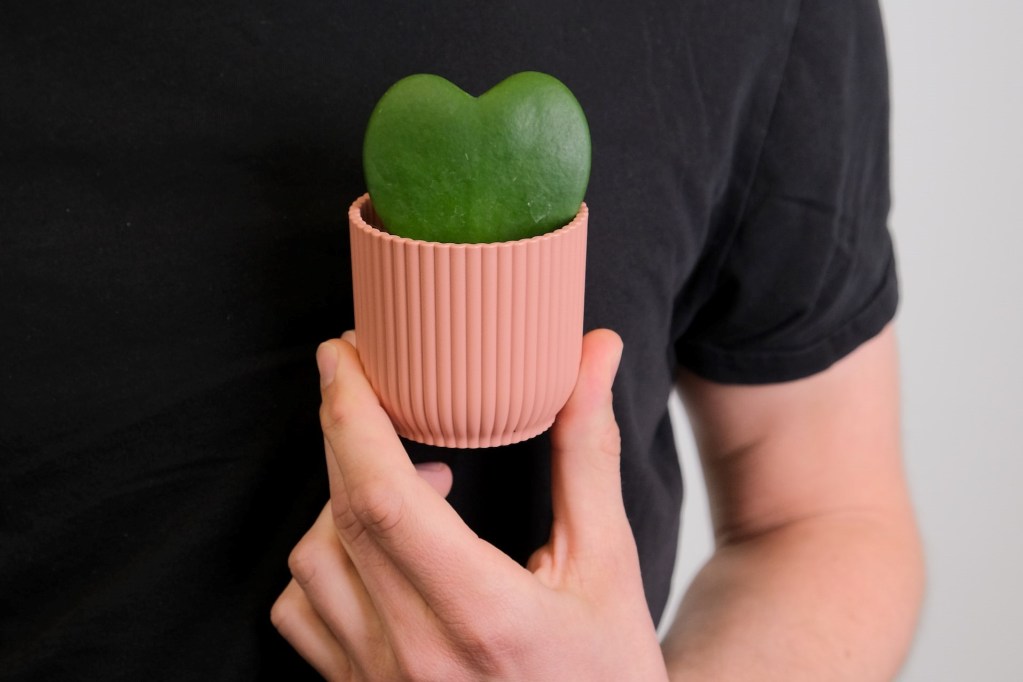
Are heart succulents easy to care for?
If you’ve grown succulents before, you’ll find the Hoya kerrii remarkably easy to care for. Its preferences are similar to most other succulents, so you can add one to your existing garden without much worry.
For those of you who haven’t grown succulents before, don’t worry. Heart succulents are beginner-friendly plants with simple needs. Here's what to do:
Step 1: Plant your heart succulent in well-draining soil.
Like other succulents, Hoya kerrii prefers dry conditions and overwatering can damage the plant. Proper drainage reduces this risk.
Step 2: Use a pot with drainage holes.
Step 3: Give your heart succulent a few hours of direct, bright sunlight each day.
Step 4: Water your Hoya kerrii only when the soil is fully dry.
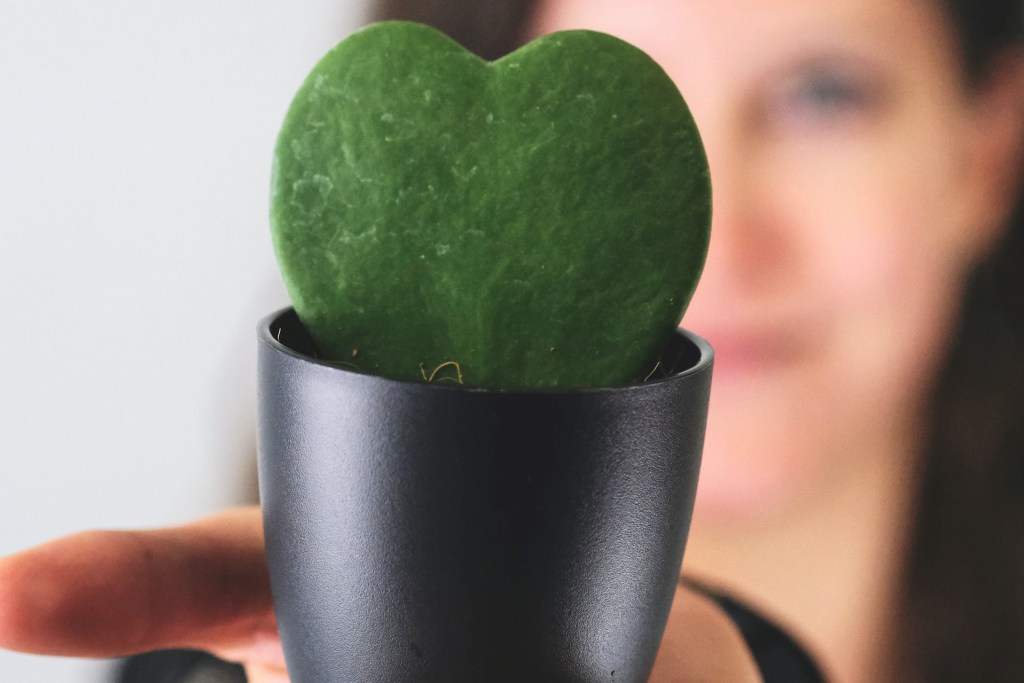
Should you keep Hoya kerrii indoors or plant it outdoors?
Depending on the climate, heart succulents can grow easily outdoors or indoors. They make great houseplants in every climate, and their small size and slow growth mean they fit nicely on desks or windowsills. If you live in a warm, dry climate, then you can add Hoya kerrii to your traditional outdoor garden.
If your summers are hot, but your winters are still too cold for the heart succulent, consider growing it in a pot. You can move your plant outdoors during the summer and bring it back inside when the temperatures begin to drop.
These succulents are simply too sweet to ignore, so it’s no wonder they’re so popular. Give this low-maintenance succulent as a gift to brighten a friend or family member’s day, or pick one up for yourself to add a little greenery to your office or bedroom. No matter the occasion, Hoya kerrii will fit right in and bring plenty of smiles!


